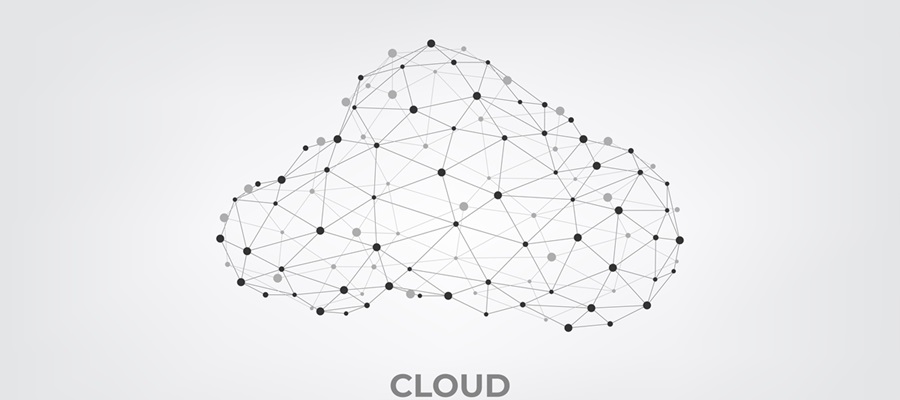The potential of 5G and distributed cloud technology is immense, bringing with it the promise of ultra-fast speeds, low latency, and massive connectivity. These groundbreaking innovations have the capability to revolutionize industries and transform our daily lives. The combination of 5G and distributed cloud technology offers unprecedented opportunities for businesses and individuals alike.
Introduction to the Potential of 5G and Distributed Cloud Technology
The arrival of 5G ushers in a new era of connectivity, delivering data at lightning speed and near-instantaneous response times. With download speeds that can reach up to 10 gigabits per second, 5G surpasses its predecessor’s capabilities by several magnitudes. It provides exceptionally low latency, allowing for real-time communication and quick data transfer. Furthermore, 5G enables connections to support an exponentially higher number of devices, paving the way for the Internet of Things (IoT) revolution.
The Decentralized Computing Model of Distributed Cloud Technology
Distributed cloud technology is a decentralized computing model that brings cloud resources closer to the edge of the network. Traditionally, cloud computing required centralized data centers, causing delays in data transmission and processing. However, with the distributed cloud model, computational and storage resources are spread across various locations, ensuring critical data processing and decision-making happen as close to the source as possible. This decentralization minimizes delays and opens up new possibilities for real-time interactions.
The Benefits of Combining 5G and Distributed Cloud Technology
By combining the ultra-fast speeds of 5G with the distributed cloud model, organizations can support real-time applications and services. Rapid data processing and decision-making becomes possible, allowing businesses to analyze and act upon information instantaneously. This capability is especially crucial in sectors such as autonomous vehicles, telemedicine, and industrial automation, where split-second decisions can have significant impacts.
Minimized Delays and Enabled Real-time Interactions
The integration of 5G and distributed cloud technology ensures minimal delays in data transmission and communication, creating an environment conducive to real-time interactions. This real-time responsiveness is vital for applications requiring immediate feedback or collaboration, such as virtual reality, augmented reality, and remote collaboration tools.
Distribution of Computational and Storage Resources
Scalability is a fundamental aspect of modern computing systems. Traditional centralized cloud infrastructures face challenges in handling massive workloads or sudden surges in demand. Distributed cloud technology provides a solution by distributing computational and storage resources across multiple locations. This scalability empowers businesses to handle fluctuating workloads effortlessly, preventing system overload and ensuring a seamless user experience.
Faster and More Informed Decision-making
The combination of 5G and distributed cloud technology enables edge computing capabilities, bringing computation and data storage closer to where it is needed. With edge computing, organizations can make faster and more informed decisions as data processing takes place at the edge of the network, near the data source. This is especially valuable in scenarios where decision latency is critical, such as in autonomous vehicles, real-time analytics, or disaster response systems.
Increased Efficiency and Productivity
Edge computing powered by 5G and distributed cloud technology enhances efficiency and productivity by reducing the latency involved in processing and transmitting data to centralized servers. This enables organizations to harness data insights faster, leading to quicker action, shorter response times, and improved overall productivity.
Enhanced Security and Privacy Possibilities with 5G and Distributed Cloud
The ultra-fast speeds, low latency, and massive connectivity capabilities of 5G contribute to enhanced security and privacy. By transmitting and processing data quickly over highly secure networks, sensitive information is less vulnerable to interception or unauthorized access. This heightened security allows businesses and individuals to confidently embrace advanced technologies without compromising data privacy.
Utilizing the Decentralized Computing Model of Distributed Cloud
Distributed cloud technology further amplifies the security and privacy advantages. With data processing occurring at the edge of the network, organizations can limit their exposure to external threats. Additionally, since data can be stored and processed locally, organizations can comply with strict data protection regulations while maintaining control over their sensitive information.
In conclusion, the combination of 5G and distributed cloud technology presents a paradigm shift in how industries operate and individuals experience technological advancements. By leveraging the ultra-fast speeds, low latency, and massive connectivity of 5G, along with the decentralized computing model of distributed cloud, organizations can support real-time applications, achieve scalability, enable edge computing, and enhance security and privacy. As these technologies mature and evolve, we can expect to witness a wave of innovation and unprecedented possibilities that will shape our future. It is imperative for businesses and individuals to embrace these transformative technologies and harness their potential to stay ahead in this dynamic digital landscape.

